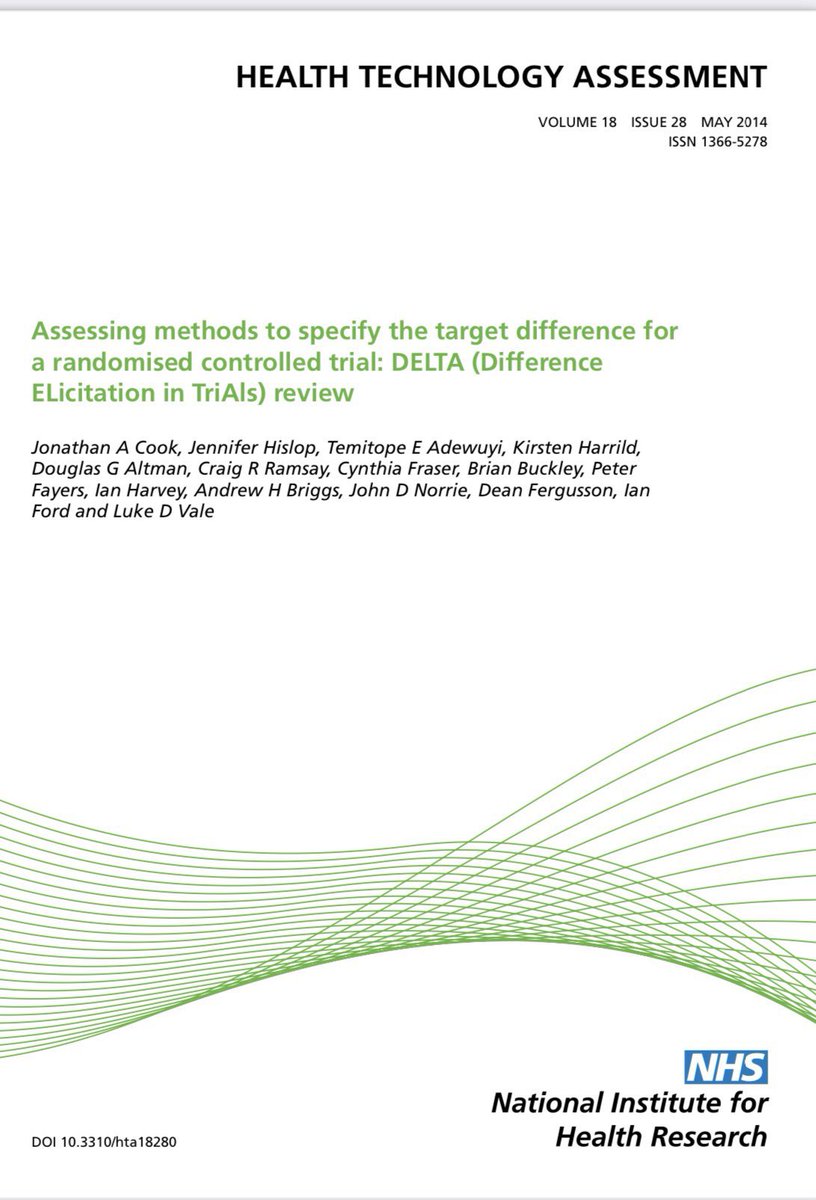Choosing the right outcome is key to a clinical trial. Sometimes a #CompositeOutcome
- an outcome that combines more than one dimension into a single measure - is felt to be most appropriate. These can be useful but can be fraught with difficulty 1/8
#MethodologyMonday
- an outcome that combines more than one dimension into a single measure - is felt to be most appropriate. These can be useful but can be fraught with difficulty 1/8
#MethodologyMonday
One of the primary reasons for using a composite outcome is trial efficiency - you can get more events quickly compared to the individual components thus increasing precision and efficiency in sample size calculations 2/8
jamanetwork.com/journals/jama/…
jamanetwork.com/journals/jama/…

However, the validity of a composite relies on consistency of the individual components -see Montori et al 3/8
bmj.com/content/330/74…
bmj.com/content/330/74…

Montori et al also stress the need for both elements to be important to patients & suggest a set of questions to help with the interpretation of composite outcomes 4/8 

Composite endpoints can be problematic & very difficult to interpret if the different components actually have different levels of importance to clinicians/patients 5/8
This is exacerbated if the events in the component of greater importance is small compared to the number of events in the components of lesser importance 6/8
bmj.com/content/334/75…
bmj.com/content/334/75…

To accommodate for the situation where there is a hierarchy in the composite components, the “win ratio” method was developed by Pocock as a method to deal with it. 7/8
pubmed.ncbi.nlm.nih.gov/21900289/
pubmed.ncbi.nlm.nih.gov/21900289/

As such care needs to be taken before deciding whether to use a composite and, if so, which one. A neat summary of the pros & cons is outlined in this paper by Sue Ross 8/8
sciencedirect.com/science/articl…
sciencedirect.com/science/articl…

• • •
Missing some Tweet in this thread? You can try to
force a refresh






